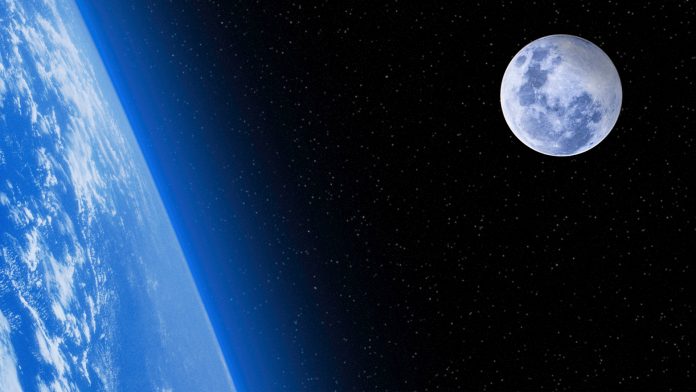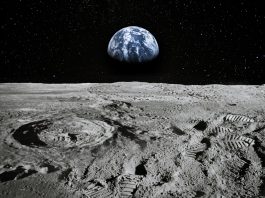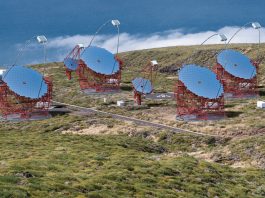NASA has identified the agency’s science priorities for the Artemis III mission, which will launch the first woman and next man to the Moon in 2024.
The Artemis III Science Definition Team began meeting in September 2020 to define achievable science objectives for all aspects of the Artemis III mission, including sampling strategies, field surveys, and deployable experiments. The team has prioritised investigations that will help NASA understand the risks and potential resources of the Moon’s South Pole, where the agency hopes to establish its Artemis Base Camp concept by the end of the decade.
Thomas Zurbuchen, associate administrator for NASA’s Science Mission Directorate, said: “The Moon holds vast scientific potential and astronauts are going to help us enable that science. Even before Artemis III lands, our agency’s science and human exploration teams are working together as never before to ensure that we leverage each other’s strengths. This report helps outline a path forward towards the compelling science we can now contemplate doing on the lunar surface in conjunction with human explorers.”
NASA’s Science and Human Exploration and Operations mission directorates will work together to integrate recommendations into the science strategy of the agency’s Artemis Plan as plans move ahead for the Artemis III crewed launch in 2024.
Team co-chair Renee Weber, chief scientist at NASA’s Marshall Space Flight Center, said: “We wanted to bring together what was most compelling to the science community at the Moon with what astronauts can do on the lunar surface and how the two can mutually reinforce each other. The team’s hard work will ensure we’re able to take advantage of the potential of the Artemis III mission to help us learn from the Moon as a gateway to the rest of the solar system.”
Artemis III has the potential to enable the science community to make significant progress on many of the identified priority science goals, including increasing our understanding of how the Moon formed and evolved, how it interacts with the Sun, and how water and other resources arrived at the Moon, are transported, and currently are preserved.









